Pure gold pin for space testing
Friday, 05 August 2022 12:00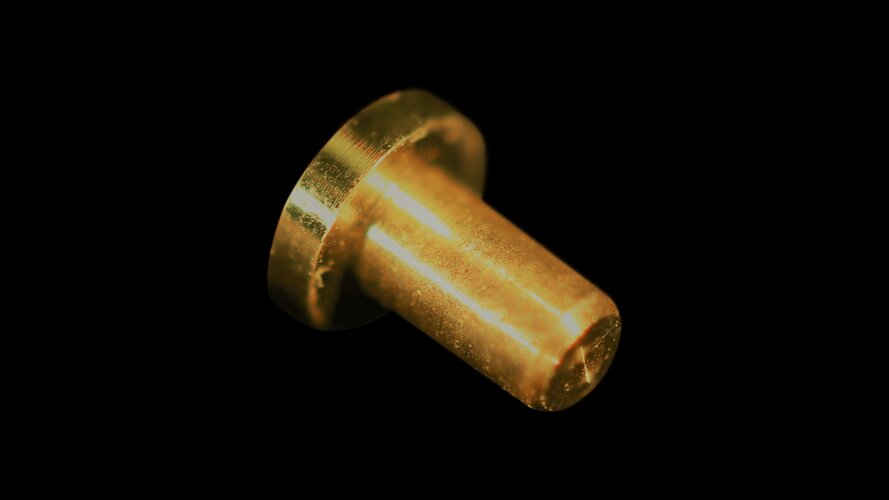 Image:
Pure gold pin for space testing
Image:
Pure gold pin for space testing South Korea’s first lunar orbiter on way to the moon
Friday, 05 August 2022 11:52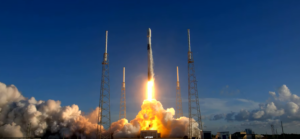
South Korea’s first lunar orbiter has begun its voyage toward the moon on a mission critical to the country’s future space projects.
The post South Korea’s first lunar orbiter on way to the moon appeared first on SpaceNews.
US Space Force conducts innovative talent acquisition process
Friday, 05 August 2022 10:32 In May 2022, the U.S. Space Force held a Cyber Constructive Service (CCS) Credit Board, in which the service called for applications from civilian cyber professionals to become cyber officers in the Space Force.
Casting a wide net, approximately 1,000 people attended a virtual conference, with more than 400 applying. The board further narrowed the field and 10 cyber professionals accepted
In May 2022, the U.S. Space Force held a Cyber Constructive Service (CCS) Credit Board, in which the service called for applications from civilian cyber professionals to become cyber officers in the Space Force.
Casting a wide net, approximately 1,000 people attended a virtual conference, with more than 400 applying. The board further narrowed the field and 10 cyber professionals accepted Researchers create the first artificial vision system for both land and water
Friday, 05 August 2022 10:32 Giving our hardware sight has empowered a host of applications in self-driving cars, object detection, and crop monitoring. But unlike animals, synthetic vision systems can't simply evolve under natural habitats. Dynamic visual systems that can navigate both land and water, therefore, have yet to power our machines - leading researchers from MIT, the Gwangju Institute of Science and Technology (
Giving our hardware sight has empowered a host of applications in self-driving cars, object detection, and crop monitoring. But unlike animals, synthetic vision systems can't simply evolve under natural habitats. Dynamic visual systems that can navigate both land and water, therefore, have yet to power our machines - leading researchers from MIT, the Gwangju Institute of Science and Technology ( 100 days of Minerva
Friday, 05 August 2022 09:48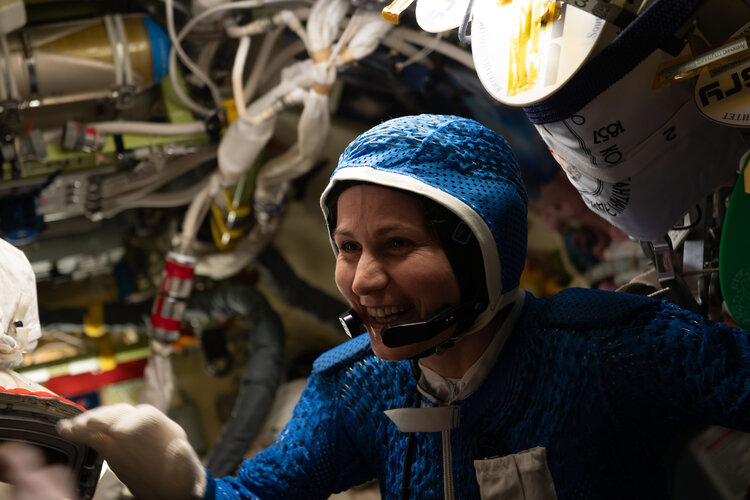
ESA astronaut Samantha Cristoforetti was launched to the International Space Station on 27 April as a part of Crew-4 for her second mission, Minerva. One hundred days in, mission Minerva is still going strong. From completing cutting-edge research in the world’s only orbiting laboratory to sharing daily life on the Space Station via TikTok, it’s all in a day’s work for an ESA astronaut.
Chinese space firm raises funds for commercial weather data satellite constellation
Friday, 05 August 2022 09:08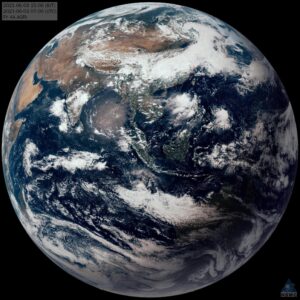
Chinese private company wants to build a constellation of 80 satellites to provide weather data, further illustrating the growth and scope of China’s commercial space sector.
South Korean spacecraft launched to the moon, country's 1st
Friday, 05 August 2022 07:31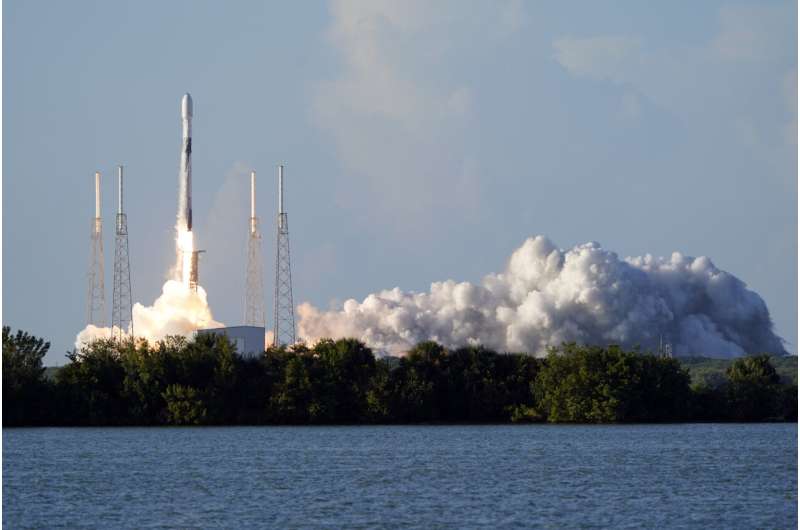
South Korea joined the stampede to the moon Thursday with the launch of a lunar orbiter that will scout out future landing spots.
Artemis I spacecraft ready for launch
Friday, 05 August 2022 07:00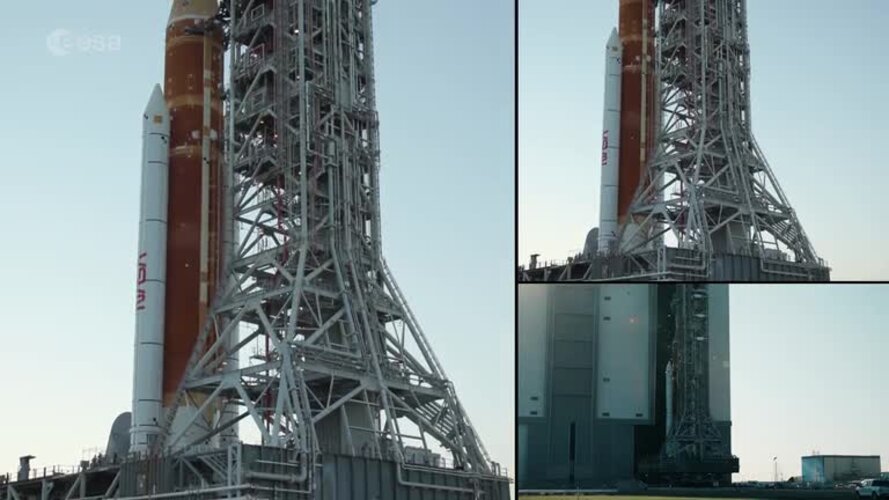 Video:
00:03:00
Video:
00:03:00
ESA and NASA’s Artemis I spacecraft is cleared for launch after a series of final tests at the US Kennedy Space Center in Florida. ESA’s European Service Module (ESM) will provide electrical power and propel the uncrewed Orion capsule in an extended orbit around the Moon, setting the scene for future crewed missions. ESA has already delivered its second ESM for Artemis II and is currently building its third ESM. Eventually, Artemis III will return astronauts to the lunar surface for the first time in 50 years with the ESM supplying their life support in the form of
South Korea's first lunar orbiter launched by SpaceX
Friday, 05 August 2022 06:58 South Korea's first lunar orbiter successfully launched on a year-long mission to observe the Moon, Seoul said Friday, with the payload including a new disruption-tolerant network for sending data from space.
Danuri - a portmanteau of the Korean words for "Moon" and "enjoy" - was on a Falcon 9 rocket launched from Cape Canaveral in Florida by Elon Musk's aerospace company SpaceX. It aims t
South Korea's first lunar orbiter successfully launched on a year-long mission to observe the Moon, Seoul said Friday, with the payload including a new disruption-tolerant network for sending data from space.
Danuri - a portmanteau of the Korean words for "Moon" and "enjoy" - was on a Falcon 9 rocket launched from Cape Canaveral in Florida by Elon Musk's aerospace company SpaceX. It aims t Blue Origin sends first Egyptian and Portuguese nationals to space
Friday, 05 August 2022 06:58 Jeff Bezos' Blue Origin on Thursday launched six people to space, including the first from Egypt and Portugal, on the company's sixth crewed flight.
Mission "N-22" saw the New Shepard suborbital rocket blast off around 8:58 am local time (1358 GMT) from Blue's base in the west Texas desert.
The autonomous, re-usable vehicle sent its crew capsule soaring above the Karman line, the intern
Jeff Bezos' Blue Origin on Thursday launched six people to space, including the first from Egypt and Portugal, on the company's sixth crewed flight.
Mission "N-22" saw the New Shepard suborbital rocket blast off around 8:58 am local time (1358 GMT) from Blue's base in the west Texas desert.
The autonomous, re-usable vehicle sent its crew capsule soaring above the Karman line, the intern 3 in Blue Origin crew set new world records aboard New Shepard spaceflight
Friday, 05 August 2022 06:58 Private space company Blue Origin completed its sixth private human spaceflight on Thursday, carrying an American woman and two others who set a new Guinness World Record on the trip.
Blue Origin's New Shepard N-22 mission lifted off Thursday morning from Launch Site One in West Texas carrying six passengers on the space-tourism flight.
Onboard were Sara Sabry, Steve Young, Coby
Private space company Blue Origin completed its sixth private human spaceflight on Thursday, carrying an American woman and two others who set a new Guinness World Record on the trip.
Blue Origin's New Shepard N-22 mission lifted off Thursday morning from Launch Site One in West Texas carrying six passengers on the space-tourism flight.
Onboard were Sara Sabry, Steve Young, Coby ISS tests organisms, materials in space
Friday, 05 August 2022 06:58 Space may look empty, but it contains extreme temperatures, high levels of background radiation, micrometeoroids, and the unfiltered glare of the Sun. In addition, materials and equipment on the outside of the International Space Station are exposed to atomic oxygen (AO) and other charged particles as it orbits the Earth at the very edge of our atmosphere. Only the hardiest materials, equipment,
Space may look empty, but it contains extreme temperatures, high levels of background radiation, micrometeoroids, and the unfiltered glare of the Sun. In addition, materials and equipment on the outside of the International Space Station are exposed to atomic oxygen (AO) and other charged particles as it orbits the Earth at the very edge of our atmosphere. Only the hardiest materials, equipment, Additional Artemis I test objectives to provide added confidence in capabilities
Friday, 05 August 2022 06:58 During Artemis I, NASA plans to accomplish several primary objectives, including demonstrating the performance of the Orion spacecraft's heat shield from lunar return velocities, demonstrating operations and facilities during all mission phases from launch countdown through recovery, and retrieving the crew module for post-flight analysis.
As the first integrated flight of the Space Launch
During Artemis I, NASA plans to accomplish several primary objectives, including demonstrating the performance of the Orion spacecraft's heat shield from lunar return velocities, demonstrating operations and facilities during all mission phases from launch countdown through recovery, and retrieving the crew module for post-flight analysis.
As the first integrated flight of the Space Launch Artemis 1 becomes cultural, educational time capsule for trip around moon
Friday, 05 August 2022 06:58 When NASA's Orion spacecraft travels beyond the Moon during Artemis I, boosted by the Space Launch System rocket on its maiden voyage, the spacecraft will carry a host of mementos for educational engagement and posterity in the Official Flight Kit.
NASA spacecraft, both crewed and uncrewed, have carried mementos from Earth since the 1960s. NASA's Voyager probe carried with it a gold record
When NASA's Orion spacecraft travels beyond the Moon during Artemis I, boosted by the Space Launch System rocket on its maiden voyage, the spacecraft will carry a host of mementos for educational engagement and posterity in the Official Flight Kit.
NASA spacecraft, both crewed and uncrewed, have carried mementos from Earth since the 1960s. NASA's Voyager probe carried with it a gold record Ten Earth Years Later On Mars Sols 3553-3554
Friday, 05 August 2022 06:58 Tosol we uplinked a two-sol plan as Curiosity continues to navigate "Paraitepuy Pass." The terrain surrounding the rover, while visually stunning, has impacted our communication bandwidth and timing.
In addition, these days Earth rises relatively late on Mars, pushing the handover (i.e., start of the plan) to the late morning when the thermal environment is suboptimal for APXS touch-and-go
Tosol we uplinked a two-sol plan as Curiosity continues to navigate "Paraitepuy Pass." The terrain surrounding the rover, while visually stunning, has impacted our communication bandwidth and timing.
In addition, these days Earth rises relatively late on Mars, pushing the handover (i.e., start of the plan) to the late morning when the thermal environment is suboptimal for APXS touch-and-go 
